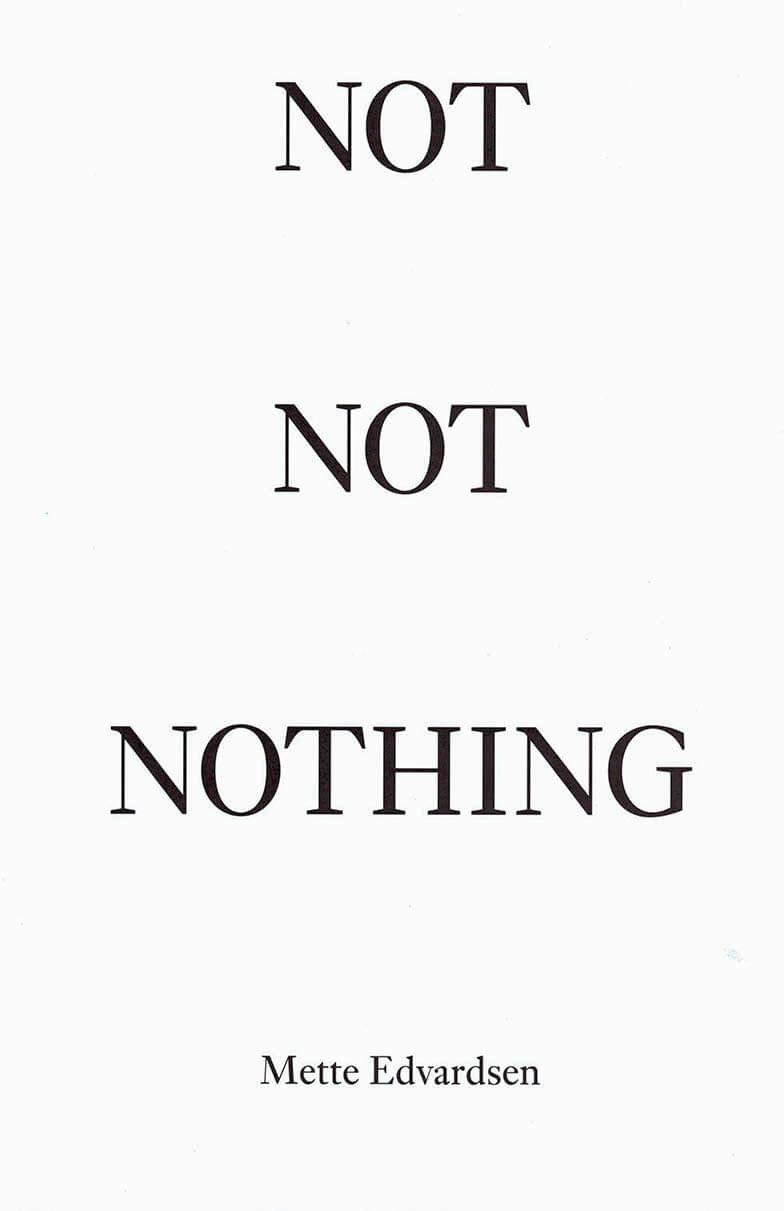
Other Forms of Presence
When he was prevented from guiding a writing workshop, Quim Pujol resorted to collecting exercises for the participants to work with by themselves, either alone or in small groups. These exercises, suggestions and scores draw on a wide variety of sources, such as poetry, experimental literature, dance, popular performance practices, visual art and all kinds of text populating everyday life. Now expanded into a book, they are invitations to read, write and daydream, to ‘complicate our relationship to language’ and imagine texts in multiple guises. Potential literatures that give pause, redirect the attention or, at times, simply ‘produce a comforting doodle in the volatile palimpsest of human flesh’.
Quim Pujol is an experimental artist and curator working at the crossroads of language and live arts.
Language: English







